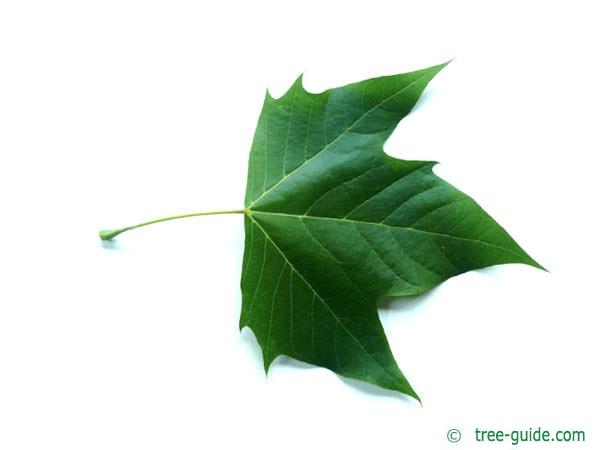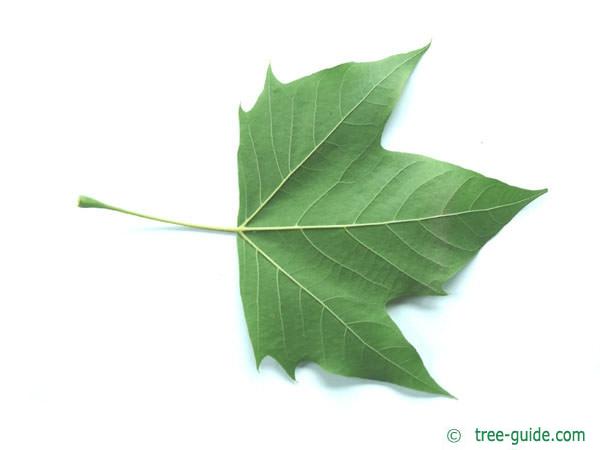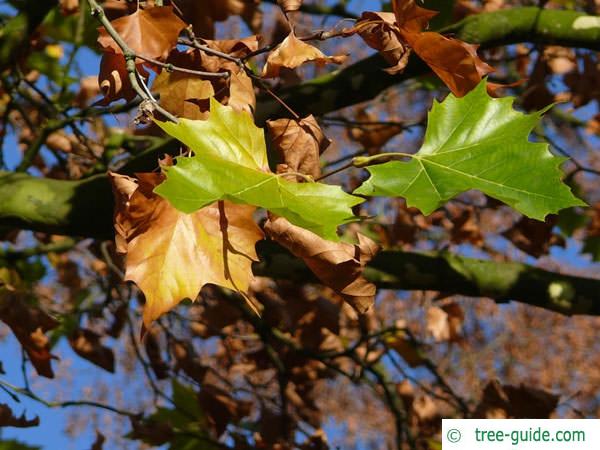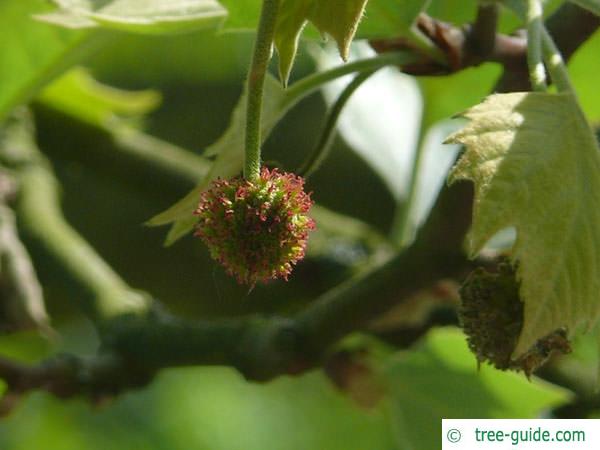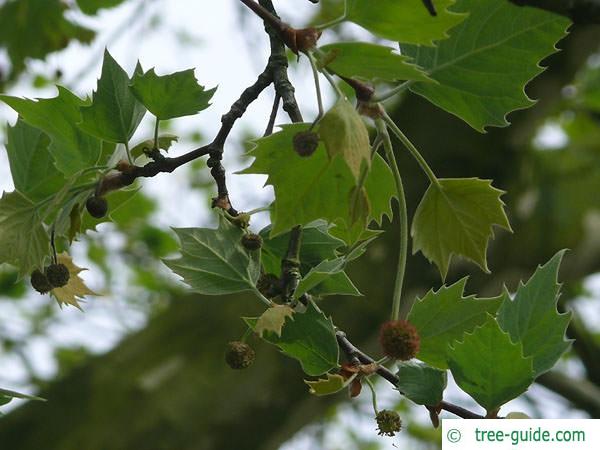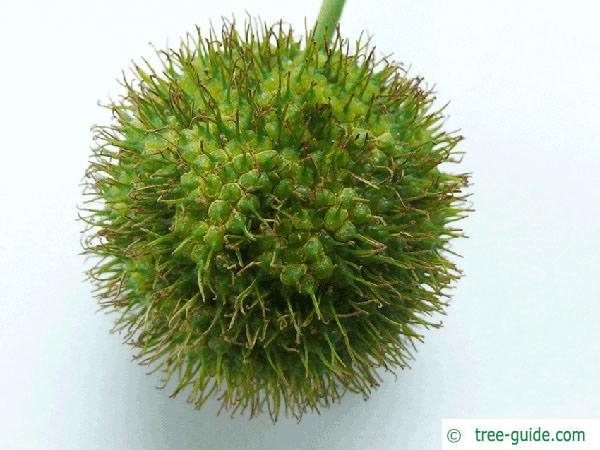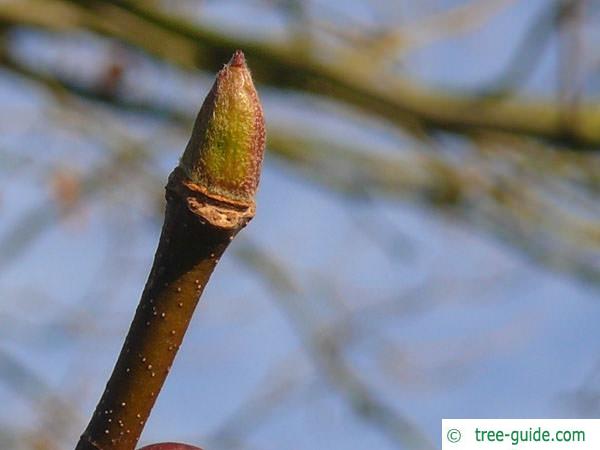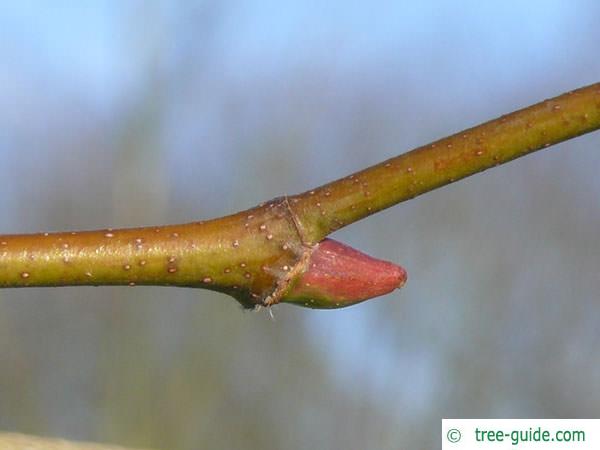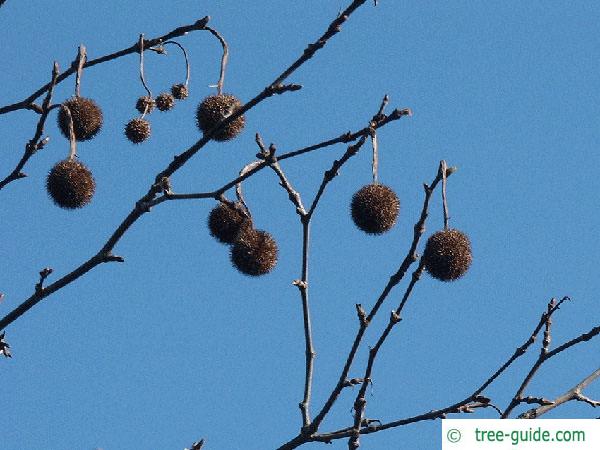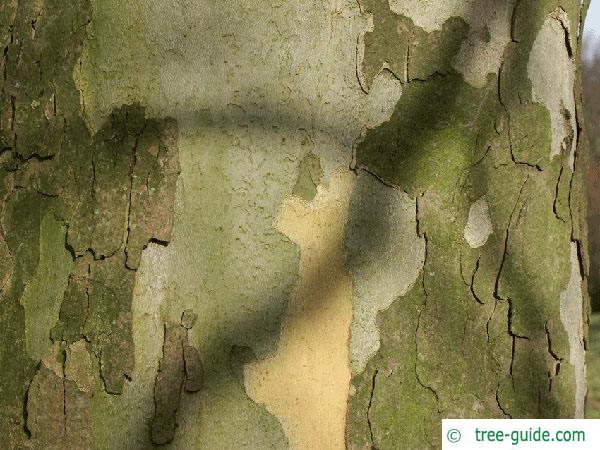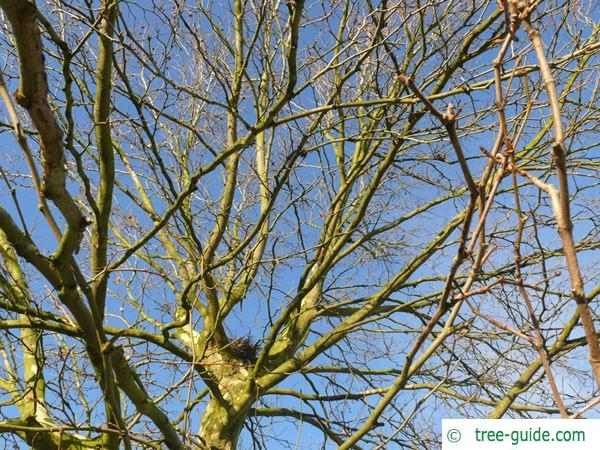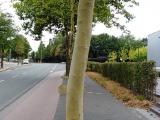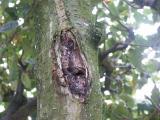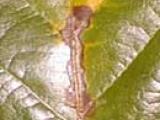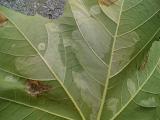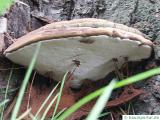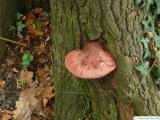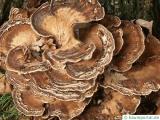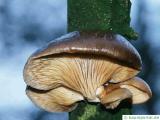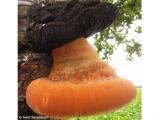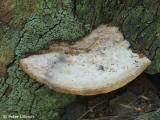Basisdaten
The London plane tree was described for the first time in the 17 Century (in Spain). It is assumed that it is a hybrid of the Oriental Plane (Platanus orientalis) with the American sycamore (Platanus occidentalis).
Platanus acerifolia - maple-leaved sycamore
Description
The maple-leaved sycamore or ordinary sycamore belongs to the family of the sycamore family and was created in the mid-17th century by the crossing of Oriental sycamore and American sycamore. The maple-leaved shape of the plane tree is extremely robust and is a popular street tree tolerating exhaust and polluted air in many countries.
Habit
The maple-leaved plane tree is of broad-crowned growth and can grow up to 40 meters in height. Strong branches are formed on the relatively short trunk. The bark is yellow to gray-brown and dissolves into plates annually, which causes the characteristic pattern of trunk and branches. The leaves are arranged alternately and divided into leaf blade and petiole. The petiole can grow to ten centimeters long.
Buds
The winter buds of the maple-leaved sycamore can only be seen after the leaf fall. The ten-millimeter-sized buds surround an annular leaf scar. The reddish-brown buds are very large and have a slightly bent tip.
Blossom
The maple-leaved sycamore is a monoecious, single-sexed plant. The flowers appear together with the foliage, about the beginning of May. Most of the flowers are in pairs on the kitty. While the male flowers are quite small and appear greenish-yellow, the crimson female flowers are more eye-catching.
Fruits
The fruit is spherical and hangs on a long stem. The single fruits are cylindrically shaped and edged nutlets containing the seed. In about September or October, the fruit ripeness takes place. However, the fruits of the maple-leaved sycamore are so-called winter-eaters. This means that the fruits remain on the tree until next spring. Then, when their decay begins, the tiny hair surrounding the individual fruits can cause coughing in humans.
The wood of the maple-leaved plane tree
The maple-leaved sycamore has a light sapwood and a reddish heartwood. The wood can be worked very well and is preferably used as veneer or wood turner. Mainly the wood is used in interior design, but is also used as firewood in use. Due to the low stamina, cracks in the drying of planewood can easily occur. While the wood can be well polished and matted, it is hardly weatherproof and therefore less durable.
Tree profile
The leaves of the London plane tree are three-to five-lobed and up to 25 cm (9.8 in) broad. They are deep green and yellow in autumn. The leaf base is often straight. The leaf margin is smooth.
The male flowers form greenish catkins that are 4-8 cm (1.6 - 3.2 in) long. The female flowers are small and bright red. The flower sprout together with the leaves.
The fruit is a spherical collecting fruit, which is about 3 cm (1.2 in) in diameter. The fruits often hang late as the spring on the trees.
The twigs are greenish to reddish brown. The buds are reddish, pointed, and protruding a little.
avenue tree, roadside green







